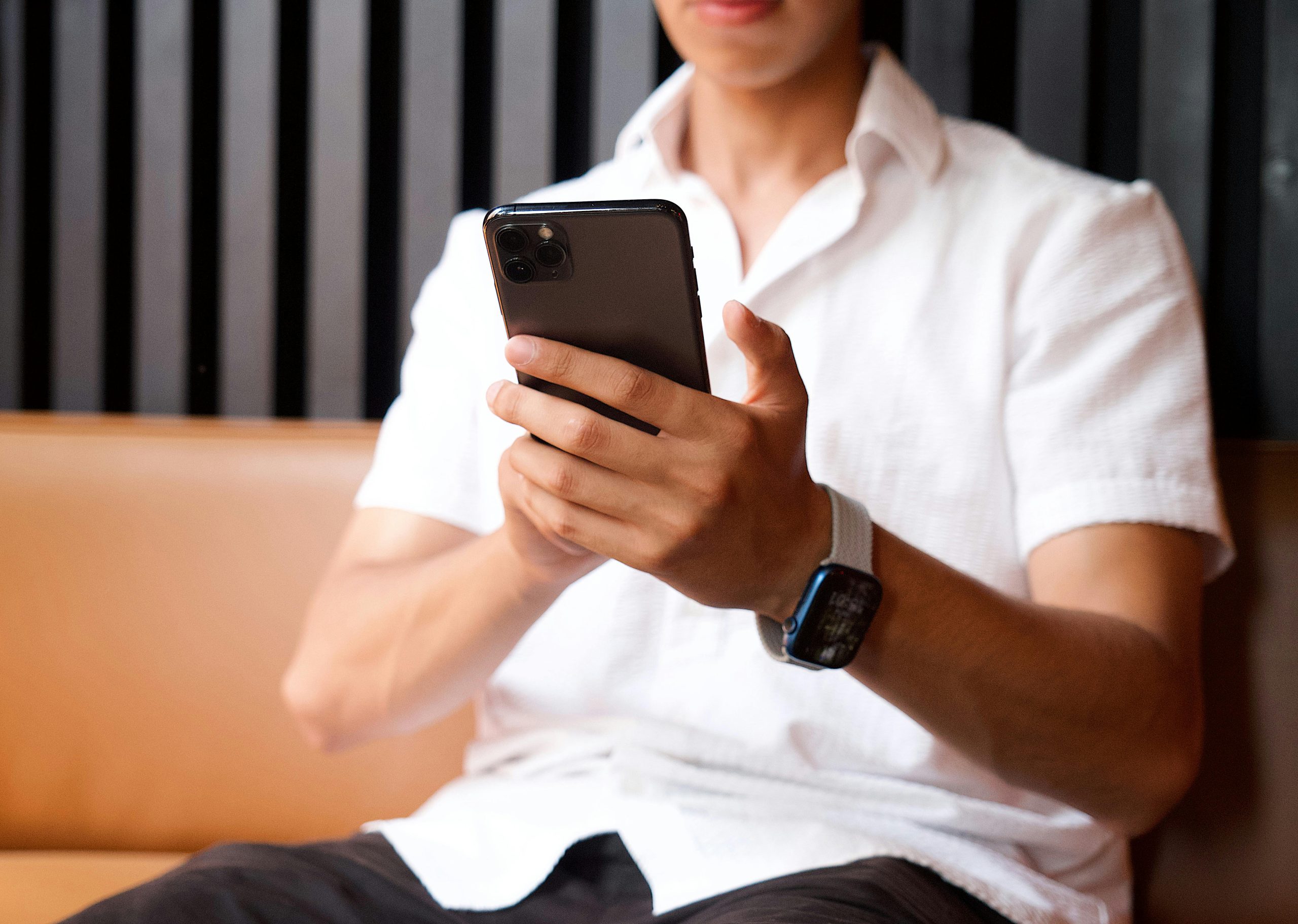Instagram, one of the world’s leading social media platforms, offers a variety of tools to manage interactions and privacy. Among these tools, the “Restricted” and “Blocked” features stand out, designed to help users control their online experience. Understanding the differences between these two features is crucial for anyone looking to manage their social media interactions effectively. This article delves into the differences between being restricted and being blocked on Instagram.

What Does It Mean to Restrict Someone on Instagram?
The “Restrict” feature on Instagram is a subtler way to manage unwanted interactions without fully severing ties. It was introduced as a means to tackle bullying and harassment discreetly. Here’s what happens when you restrict someone on Instagram:
1. Limited Interaction Visibility:
– When you restrict a user, their comments on your posts are only visible to them. You can choose to view their comments by tapping on “See Comment”, but other users won’t see them unless you approve the comment.
2. Direct Messages:
– Messages from restricted users are moved to your message requests. You won’t receive notifications for these messages, and you can read them without the sender knowing that you’ve seen them.
3. Activity Status:
– Restricted users won’t be able to see when you are active on Instagram or when you’ve read their direct messages.
4. Profile and Posts:
– The restricted user can still view your profile and posts as they normally would. They won’t know that they’ve been restricted, which maintains a level of discretion and avoids potential conflicts.
What Does It Mean to Block Someone on Instagram?
Blocking someone on Instagram is a more definitive action that cuts off all interaction between you and the other user. Here’s what happens when you block someone on Instagram:
1. Complete Cut-Off:
– When you block a user, they can no longer view your profile, posts, or stories. It’s as if your account ceases to exist for them.
2. No Communication:
– Blocking stops all direct messaging between you and the blocked user. Any messages exchanged before blocking will remain in your inbox, but you cannot send or receive new messages from the blocked user.
3. No Interaction:
– The blocked user cannot like, comment, or interact with your posts. Additionally, they cannot tag you in posts or comments.
4. No Notifications:
– The blocked user does not receive any notification that they have been blocked. They will only realize it if they try to visit your profile or interact with your content.

Key Differences Between Restricting and Blocking
1. Visibility and Interaction:
– Restricting: The restricted user can still see your content and try to interact with it, but their interactions are limited. They can comment on your posts, but those comments are hidden from other users unless you approve them. They can send you messages, but these messages are moved to your message requests, and you can read them without the sender knowing.
– Blocking: The blocked user cannot see your content or interact with it in any way. They cannot view your profile, posts, stories, or send you messages.
2. Notification and Awareness:
– Restricting: The restricted user is not notified and likely will not realize they have been restricted unless they notice their comments are not receiving responses or likes.
– Blocking: The blocked user is not notified of the block, but it becomes apparent when they attempt to visit your profile or interact with your content.
3. Use Case Scenarios:
– Restricting: This feature is useful for managing mild harassment or keeping certain users’ interactions less visible without confronting them directly. It’s ideal for situations where you want to avoid conflict or drama.
– Blocking: Blocking is appropriate for more severe cases where you want to cut off all contact and visibility, such as in situations involving harassment, stalking, or when you simply do not want any interaction with the person.
4. Privacy and Control:
– Restricting: Provides a middle ground where you maintain control over how a user interacts with your content without them being fully aware of the restrictions.
– Blocking: Offers complete control and privacy by entirely removing the user’s ability to see or interact with your profile.
Understanding the differences between restricting and blocking on Instagram is essential for effectively managing your interactions and maintaining a healthy online environment. Restricting allows for a discreet way to limit interactions, suitable for minor annoyances or potential conflicts you wish to avoid. Blocking, on the other hand, is a more decisive action, used when you need to cut off all contact with another user for your safety or peace of mind. By utilizing these features appropriately, you can better control your Instagram experience and protect your privacy.


